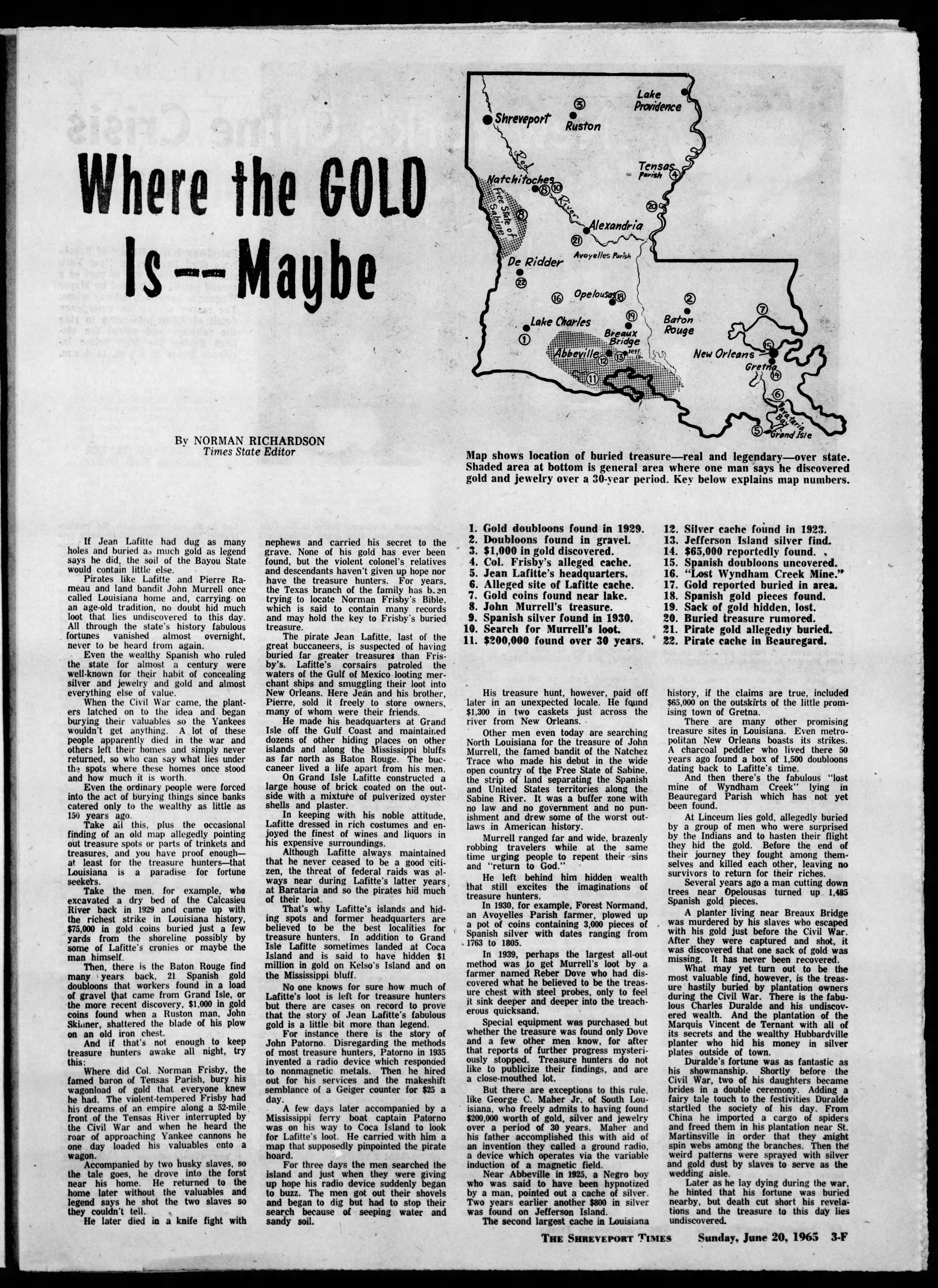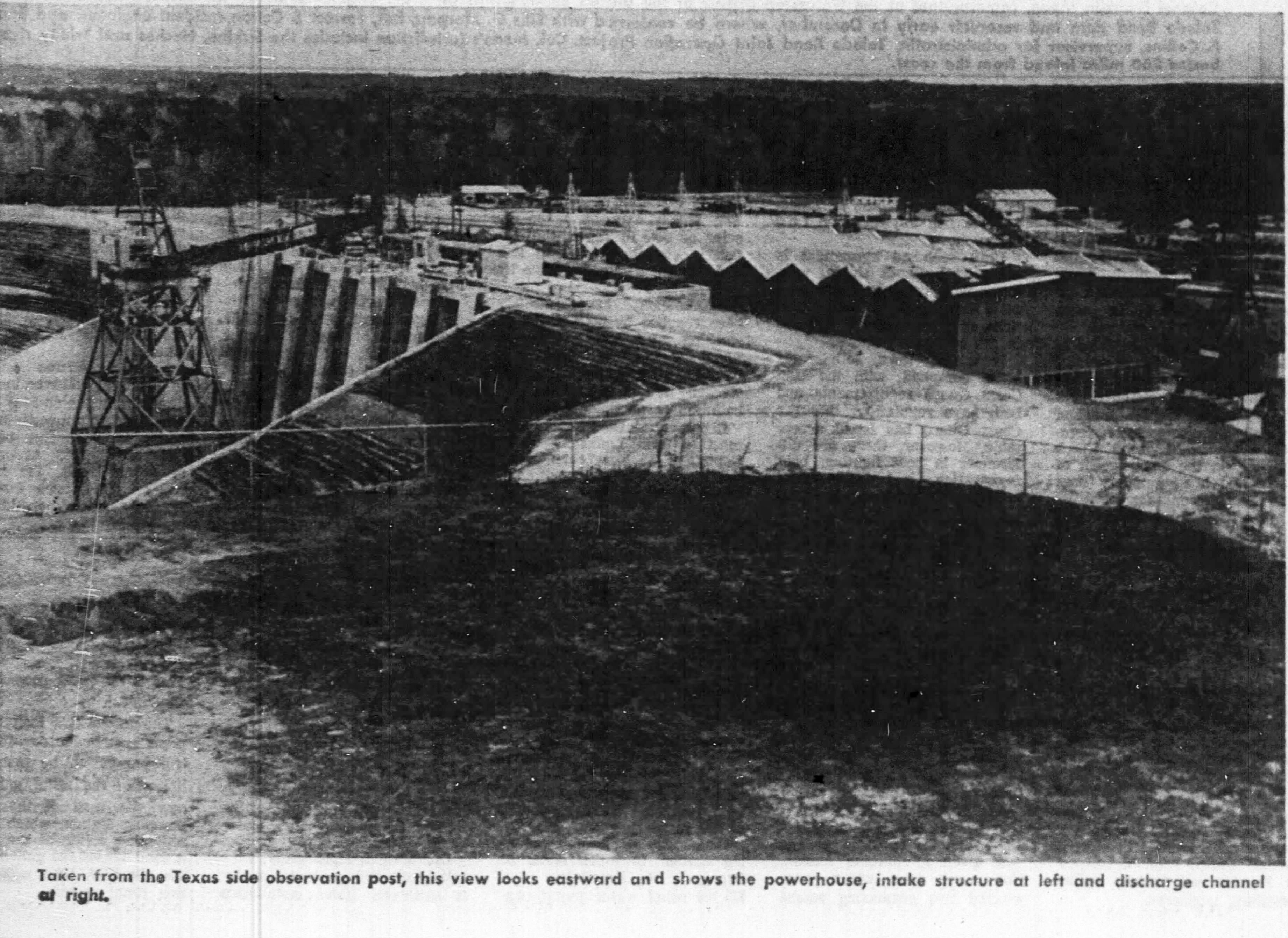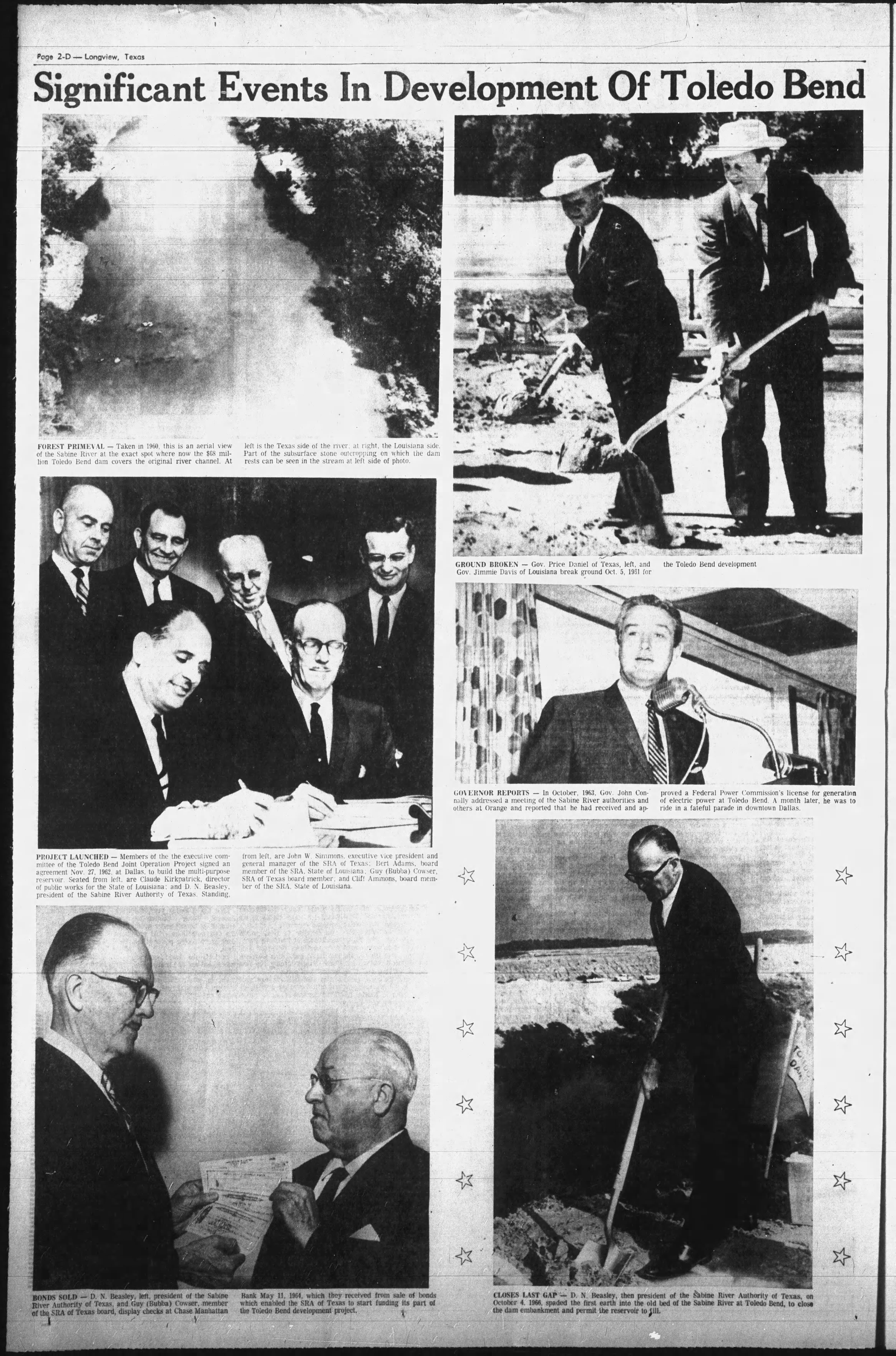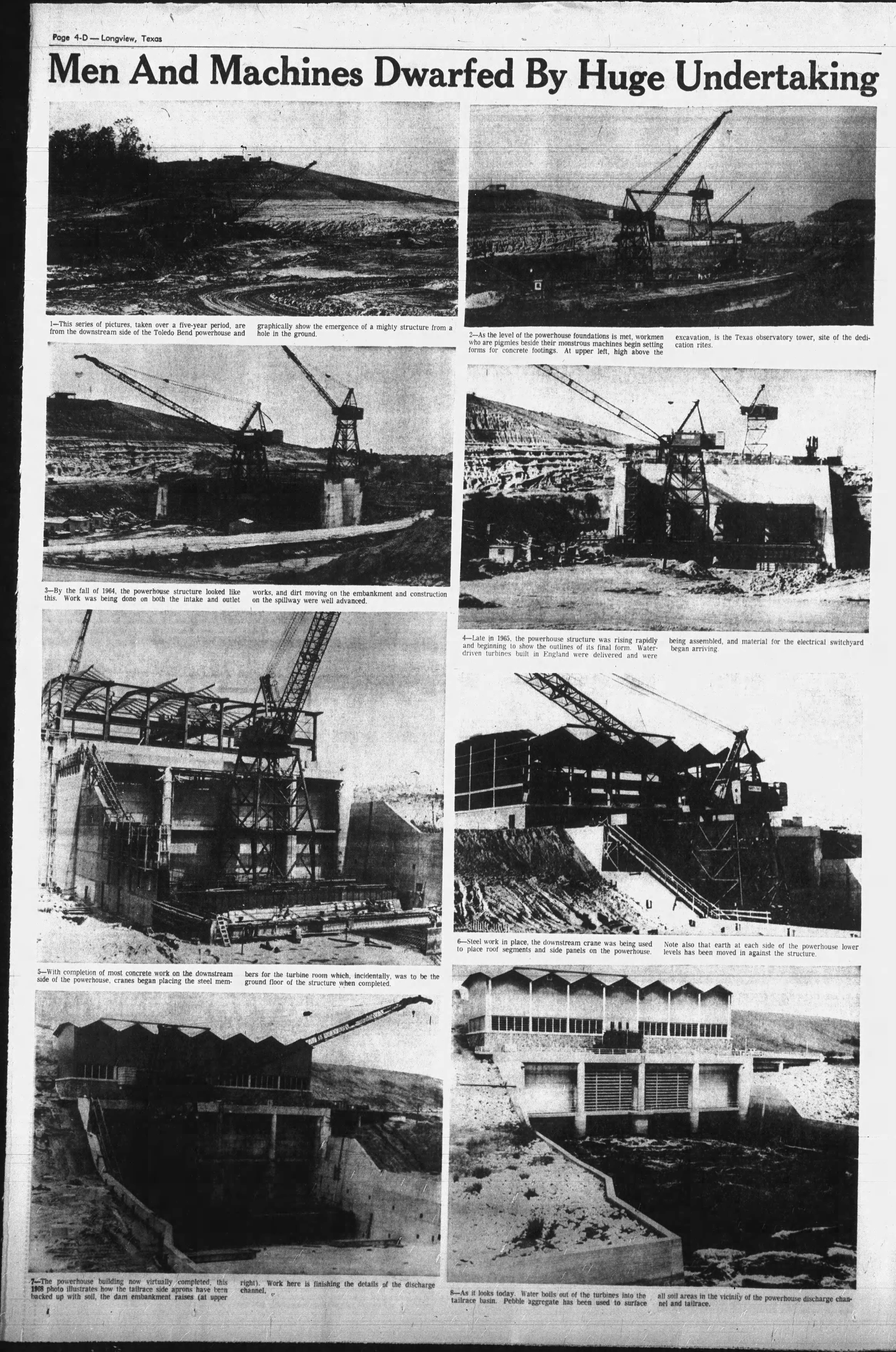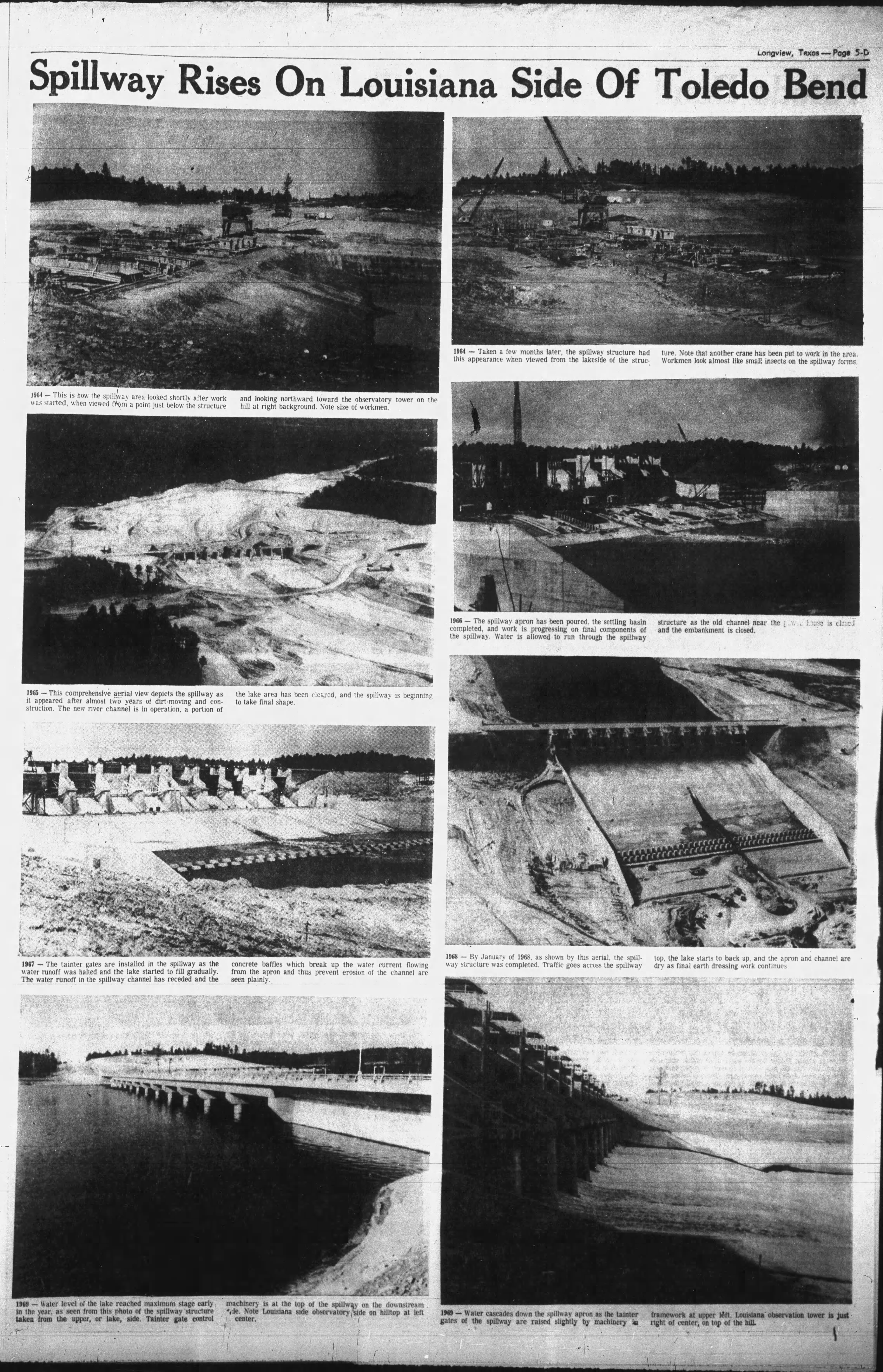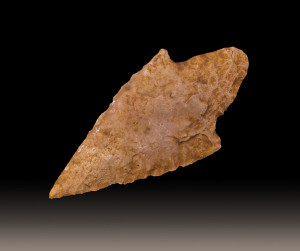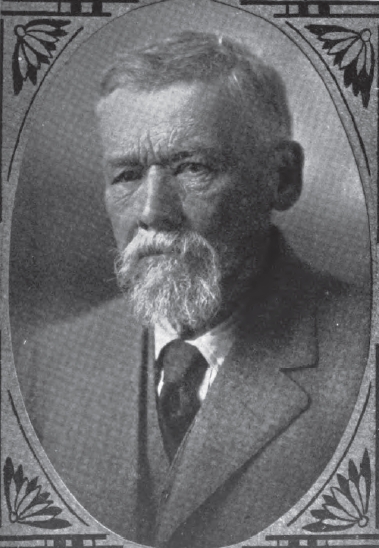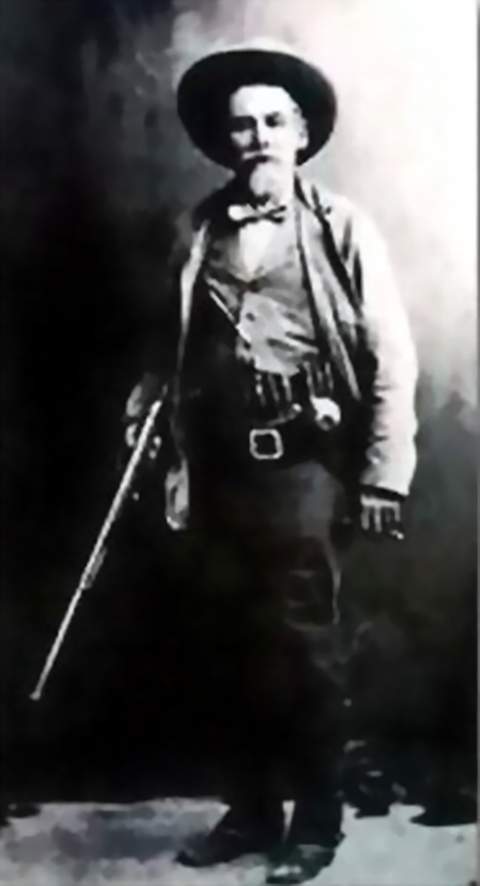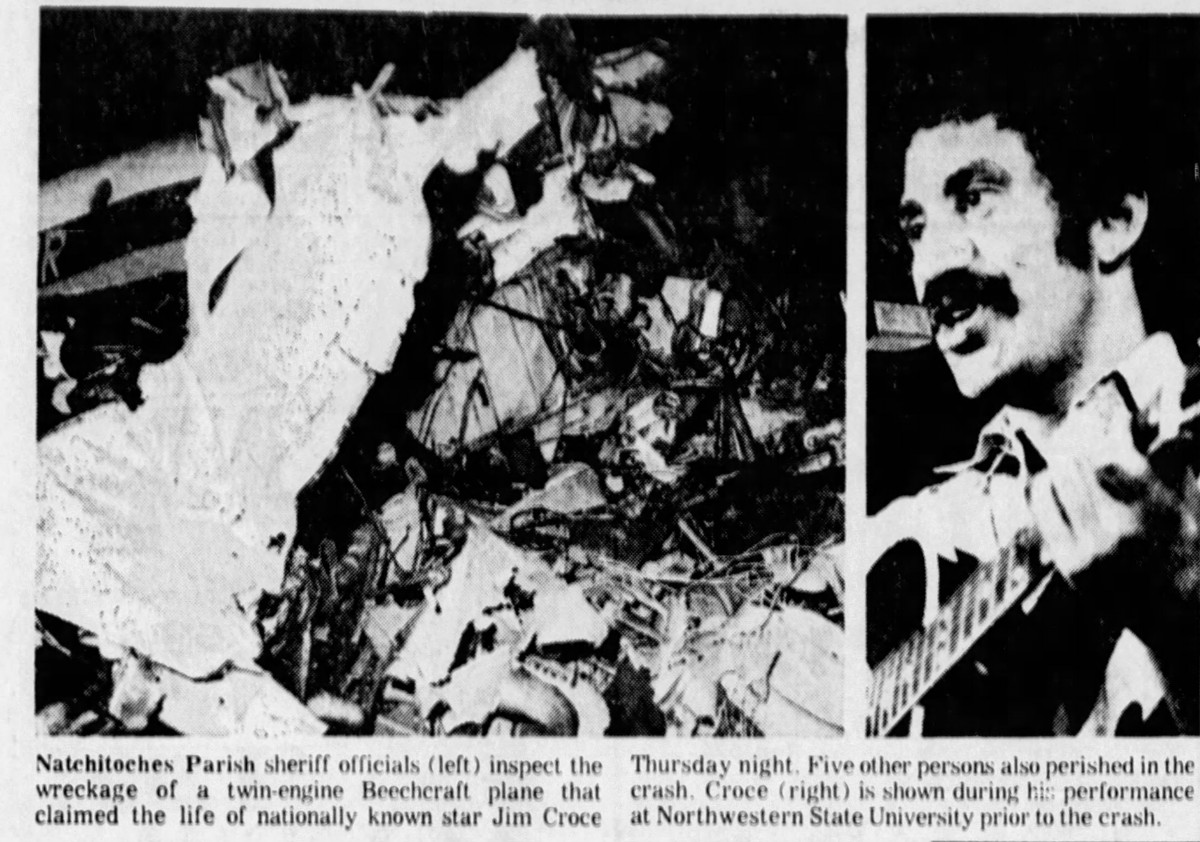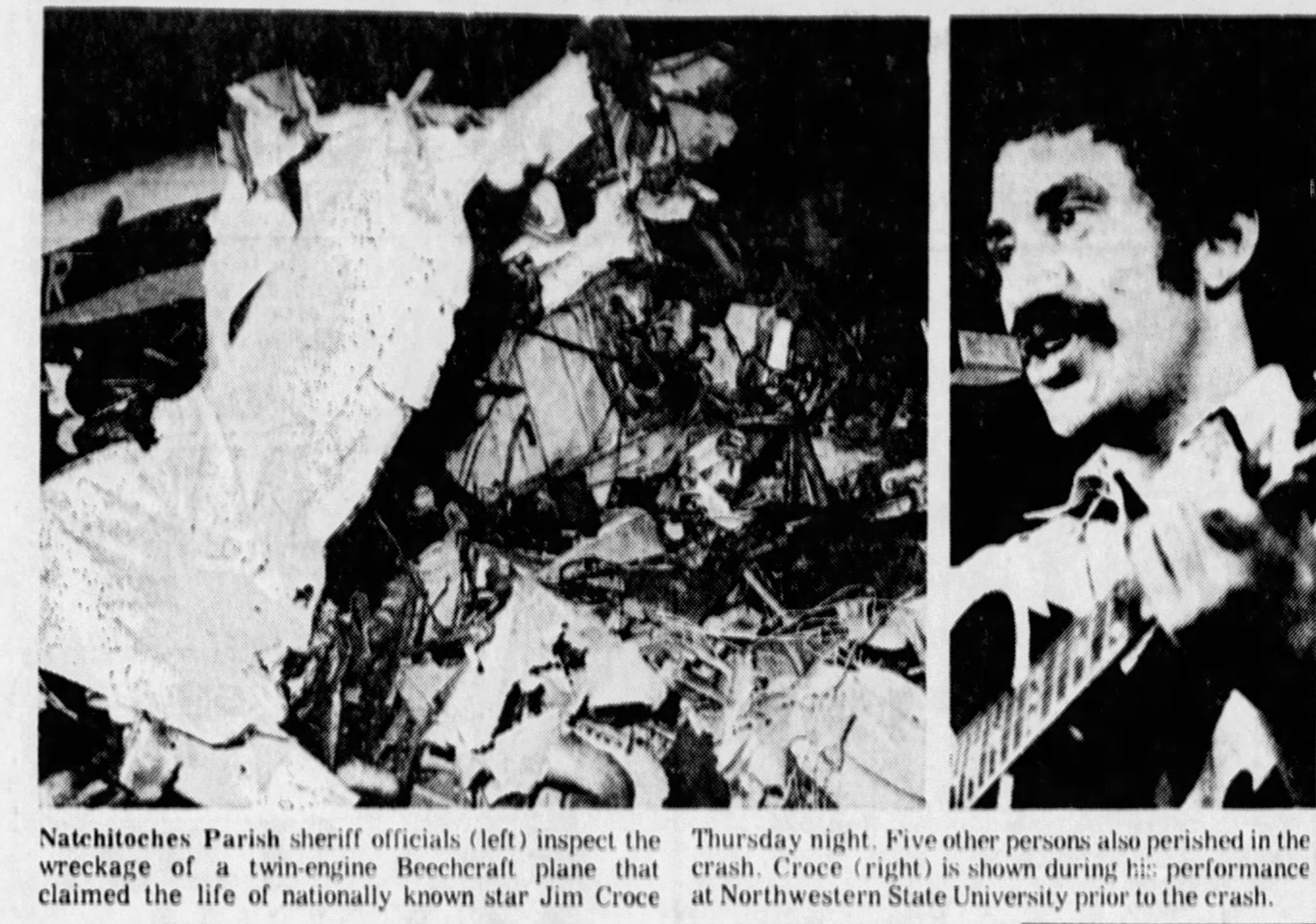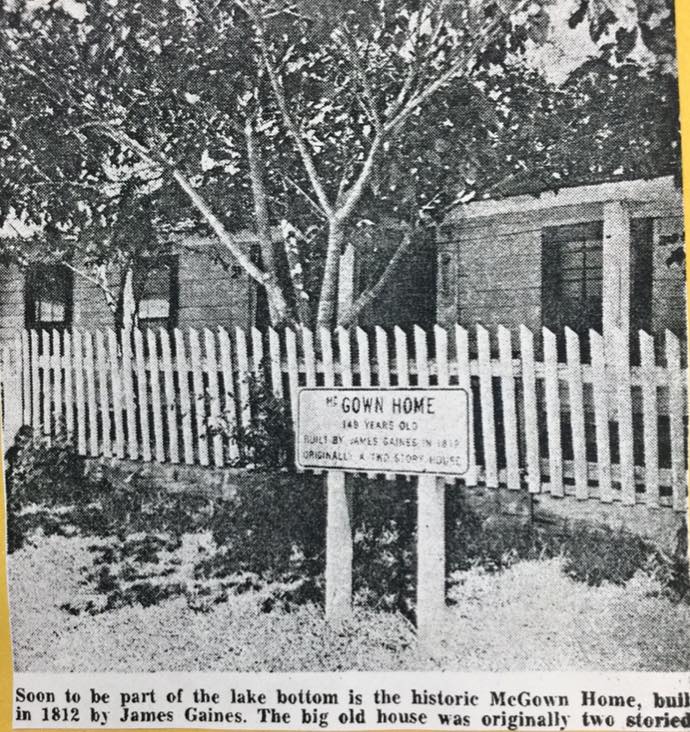From The Shreveport Times, April 1954, written by John Merrill and entitled, “Sing from the heart.”

“The inside of you has got to sing.”
That is what Donald Glattly, nof Northwestern State College at Natchitoches has to say. Glattly is one of the South’s most colorful and talented teachers and conductors of choral music.
Glattly believes that singers must enjoy their singing and the conductor has the power to create or destroy this enjoyment. As for Glattly, he creates enjoyment. Bearing this out is a group of songsters called The College Singers, a Glattly-directed choral group that bubbles over with enthusiasm for their music.
As a conductor. GIattly literally puts “everything” into leading his chorus, which has the distinction of being the official musical voice of Louisiana Elks. He says that a conductor must be able to express the spirit of the song through his motions. And he does just that.
He uses his whole body in intricate maneuvers as he extracts harmonious notes from his singers. His techniques are often unorthodox, sometimes startling, but he gets results. The songs “get across” and every singer likes to sing under the dynamic director.
The Northwestern State music teacher believes that the ideal chorus member is one with less formal vocal training. which, as he puts it “often limits his musical expression to the learned techniques of the soloist.”
A bunch of mediocre voices can sound good if they are meaningful and if the music “comes from deep inside” of the singer, says Glattly. “What we need in choral work is raw emotion. Practiced emotion is no good.”
Glattly has a definite philosophy concerning choral directing and has good reasons for his sometimes unorthodox actions in front of his singers. He says that in one sense the chorus al-ways sings for its conductor and that the group is oblivious to the opinion of the audience for the moment. According to Glattly, the group is guided by the desire to satisfy the intentions of the conductor.
“Singers can always detect sham on the part of the conductor.” declares Glattly. “The conductor’s motions must be varied and must be meaningful and real. No formal technique in conducting exists that has any validity except the natural means of expression which the conductor would use to express the same thoughts in other media.”
For Glattly, the object of choral singing is “to create through new types of music new thoughts.” He says the singers should get “some sort of emotional release through singing different kinds of music.”
The colorful conductor believes foremost in the self expression of the singer.
Glattly’s choral experience includes seven years as soloist with the Chicago a cappella choir under the direction of Noble Caine. He was assistant conductor for three years with the Sympony Choir conducted by Dr. Walter Ashenbrener in Chicago.
He received the degrees of Bachelor of Music and Master of Music from Northwestern Uni-versity and is working on his doctorate at Columbia. He is a native of Hot Springs. S.D., in the midst of the beautiful Black Hills country. Coming to Natchitoches and Northwestern State in 1945, he has since been in charge of choral activities at the college. When not getting harmonies from his singers, he ran generally be found indulging in one of his two hobbies—farming and chess playing.
His well-known singing group, The College Singers, first received state-wide recognition in appearing before the sessions of the Louisiana Education Assn. convention in 1947. This was one year after Glattly had created the organization. The Singers made such a hit at the LEA meet that it was invited to New Orleans in 1948 to be used as a demonstration chorus before parish teachers and supervisors.
Since that time the group has appeared before varied audiences throughout Louisiana and has extended its tours to neighboring states and has even given a week’s performance in Chicago in 1951 and in St. Louis in 1953.
The versatile singers have provided music for the Louisiana Elks convention for the past six years, and in competition with the top-ranking amateur organizations of its kind, have been chosen as the official chorus for the National Elks convention for the past three years. This year, they again won this honor and there is a possibility they will be able to sing at the convention in Los Angeles the first week in July.
No preference is shown music majors at the college each year when students throng into the choral room seeking a place in the distinctive singing group. Glattly selects his songsters cam-pus-wide and the only qualifications are a “feel” for music, an enthusiasm for singing, and av-erage ability.
Glattly knows that many of his mannerisms in directing the Singers are strange. He knows that his techniques are often criticized by those in and out of the musical world. But he also knows that he gets good results with his methods. He knows that he has gone a long, long way in instilling a deep love for music and a desire to sing within the hundreds of students that have passed his way during his nine years at the college.
He knows also—and he has no doubts—that as he stands before his singers and looks into their eyes and hears their vigor finding words, that they are singing as God made folks to sing. They’re “singing on the inside.”






